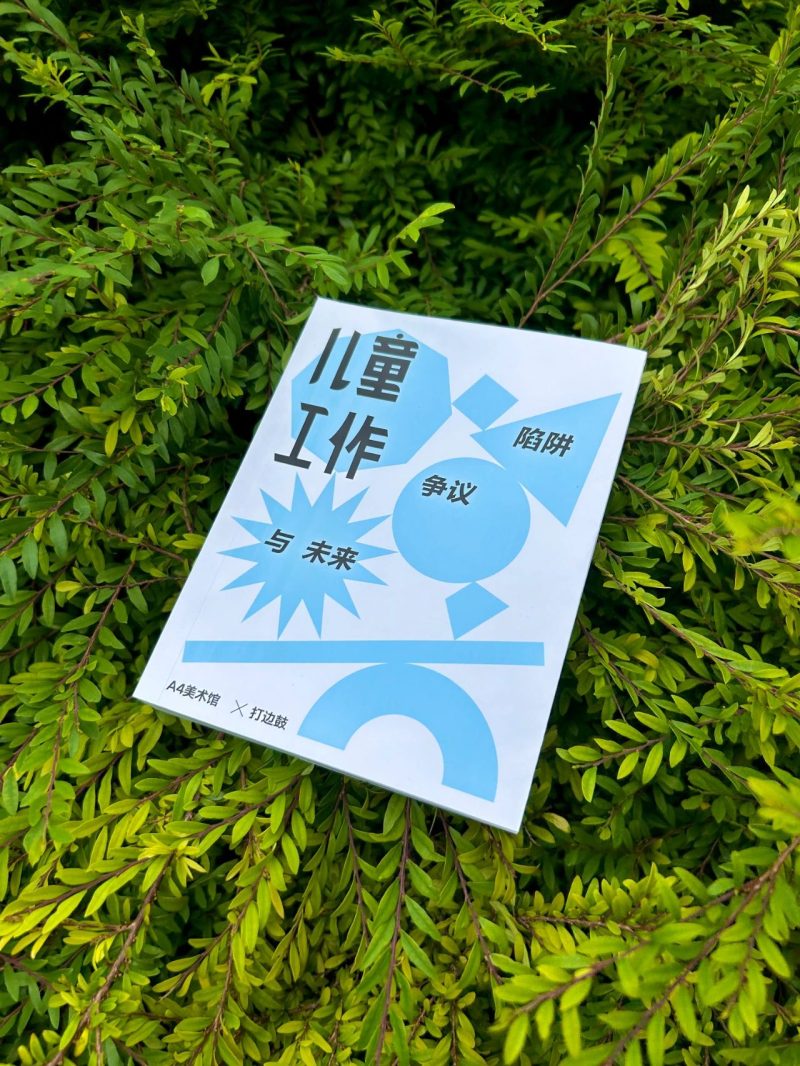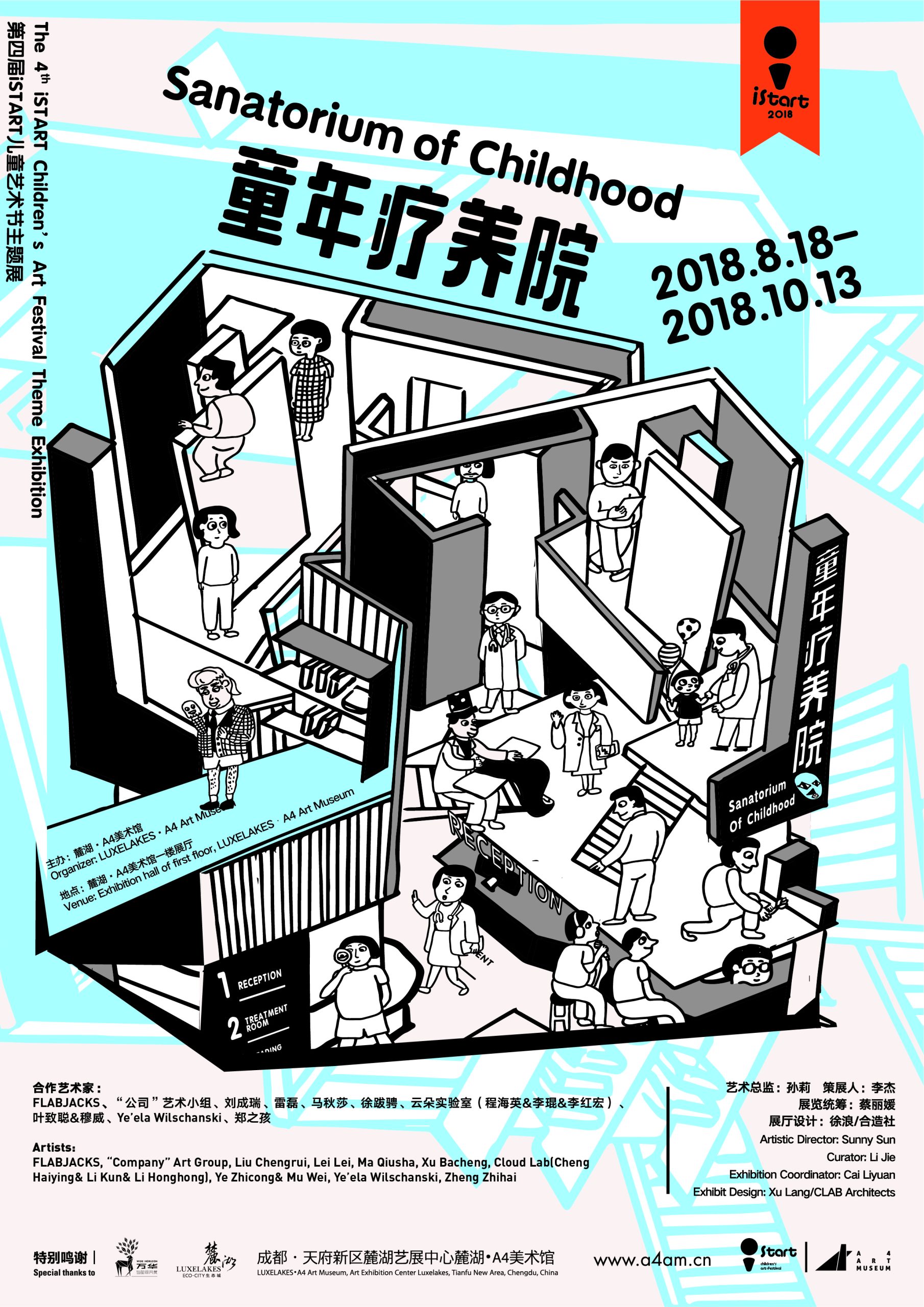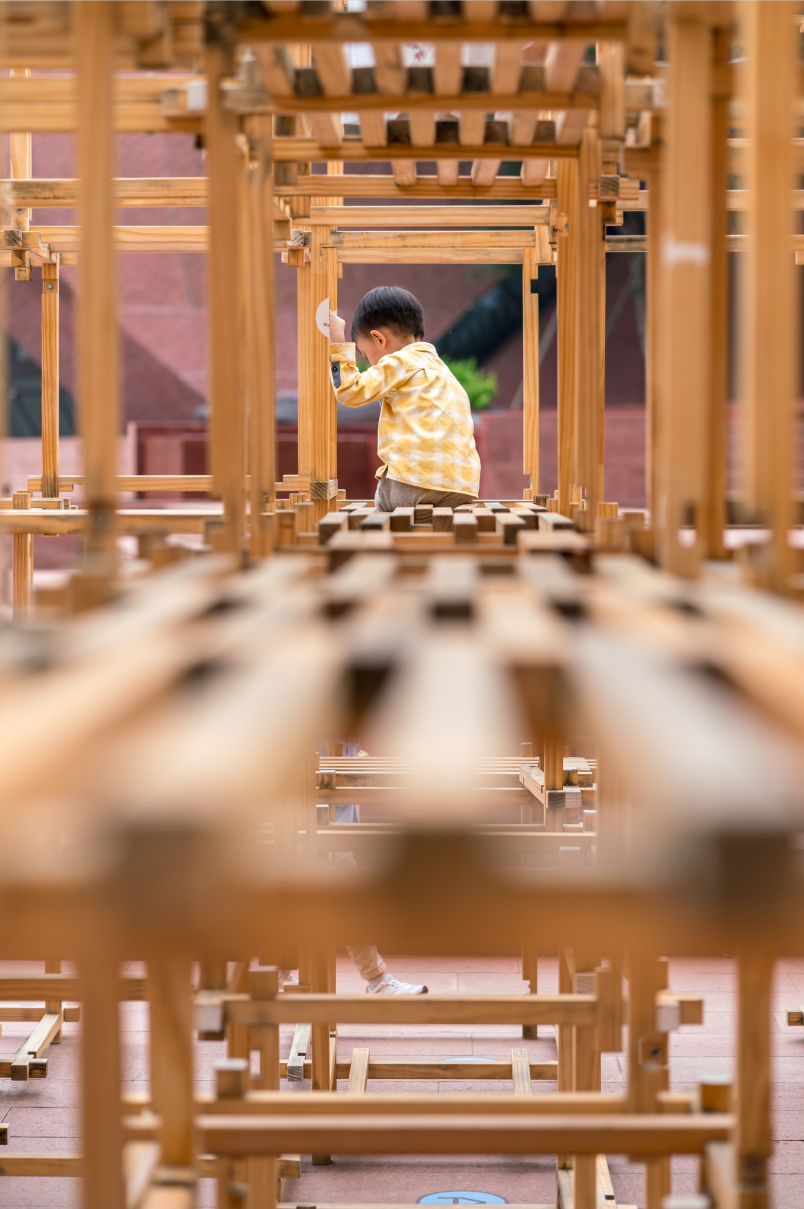Childhood: Hidden Histories, Social Keys, and the Time Sanatorium
The history of childhood is not as innocent and idyllic as we often perceive it today. Philippe Ariès’s book, “Centuries of Childhood: A Social History of Family Life,” offers a glimpse into the emergence of “children” as a special group of concern for humanity, a phenomenon that dates back only four centuries. The history of childhood can also be seen as a sidebar to the evolution of modern society: in the olden days, “childhood” was replaced by adult-like control and shaping, filled with abandonment, oppression, violence, and one-sided indoctrination. Back then, the growth of children reflected the extension of various issues in adult society.
Even today, whether children live in regions of local wars, refugees, hunger, or educational imbalances, or in peaceful cities where they are over-focused and burdened with educational expectations, childhood is not merely a biological concept documenting human growth. It is a social construct shaped by specific contexts and relationships. It is also the foundation for the natural state and social learning of individual beings, and a mirror reflecting our understanding of our own situations and social issues. With the scientific understanding of child development stages and the increasing emphasis on education, the theories and behavioral standards constructed by educators have become new coordinates for our relationship with children. Today, with the increasingly detailed classification of child development cycles, such as the separation period of infants, the imitation period of early childhood, and the anxiety period of adolescence, do these specific psychological and behavioral patterns still reflect the普遍 psychological anxiety of the adult world in facing the natural state of children and shaping their learning state to integrate into adult society? Margaret Mead, in her controversial anthropological work “Coming of Age in Samoa,” presented us with thoughts on the anxiety of childhood adolescence as a specific phenomenon of modern urban society…
Today, despite the increasing attention and protection of the adult world towards children, Neil Postman’s prophecy in his 1980s book “The Disappearance of Childhood” unfortunately continues to unfold globally – children have become the new main targets of family consumption. Media, the internet, games, and the infantilized aesthetics generated around family groups, as well as over-packaged images, products, and events catering to children’s interests, flood our lives. Adults’ dependence on the sense of security from childhood has externalized from the psychological level into a new social structural relationship and social landscape, gradually eroding the boundaries between children and adults.
The concept of “Childhood Sanatorium” is proposed amidst this multi-layered context of history, reality, and imagination. It attempts to establish a space that connects the developmental history of childhood, individual growth trajectories, and childhood as a social bridge between adults and children. Here, the art gallery will be transformed into a temporary “sanatorium” by a team composed of artists, curators, architects, and educators. The space is no longer a silent white box but a complex composed of different themed treatment rooms. The exhibition will become a “visit to probe issues,” an “invitation to play,” or a “healing action”… We attempt to gather creators and connectors in an open and dialogic manner, allowing the curiosity of every participant to be stimulated by the different themed rooms in this “sanatorium.” Artists will transform into game designers, space stewards, or public project initiators, and participants will be introduced to a new interactive mode to pour out their hearts, exchange childhood secrets, and rekindle their childish hearts to gain new imaginations about the world and themselves. “Childhood Sanatorium” is both an experiment on the generative mechanisms of art and a discussion on human natural states, social shaping, and self-redemption.
——Li Jie
2018/6









